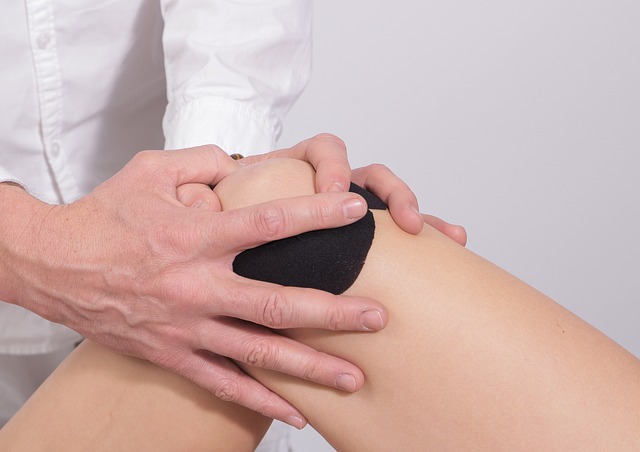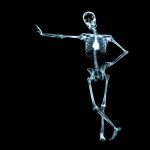While it has a very intimidating name, Osgood-Schlatter disease (OSD) is not as frightful as it seems
It is not a disease but an overuse injury. In fact, OSD is considered one of the most common causes of knee pain for adolescents. Thankfully, for those who experience OSD, the pain is resolved within one to two years.

According to kidshealth.org, “Osgood-Schlatter disease is an inflammation of the bone, cartilage, and/or tendon at the top of the shinbone (tibia), where the tendon from the kneecap (patella) attaches. Most often only one knee is affected.”
“Growth spurts make kids vulnerable because their bones, muscles, and tendons are growing quickly and not always at the same time. With exercise, differences in size and strength between the muscle groups place unusual stress on the growth plate at the top of the shinbone. (A growth plate is a layer of cartilage near the end of a bone where most of the bone’s growth occurs. It is weaker and more vulnerable to injury than the rest of the bone.)”
OSD typically affects adolescents who are beginning their growth supports which can begin at any time between 8 to 13 years for girls and 10 to 15 years for boys.
It is interesting to note that OSD occurs more frequently in boys but as more girls play sports, this seems to be changing.
The risk for OSD occurs when adolescents play sports that involve running, twisting, and jumping. This would include basketball, football, volleyball, soccer, tennis, figure skating, and gymnastics. While doctors disagree about the mechanics that cause OSD, they do agree that overuse and physical stress are involved.
OSD is usually diagnosed when parents contact their doctor after their child complains of intermittent pain. The pain can range from mild to severe and either limited to physical activity or constant. Most parents call the doctor after their child complains of intermittent pain over several months. Knee pain can range from mild (felt only during activity) or to severe and more constant.
Other symptoms can include pain that worsens during exercise; pain relief when at rest; swelling or tenderness under the knee and over the shinbone; limping post-activity; muscle tightness surrounding the knee (the hamstring and quadriceps muscles).
When a teenager’s bones mature, usually around 18 years old, OSD usually resolves itself. Until that time, the symptoms will need treatment and rest is the key to pain relief. For mild cases, doctors advise a limitation on the activities that bring about knee pain. While the adolescent may be able to continue their physical activity if the pain is a mile. If and when there is a flare-up, a short break may be all that’s needed for pain relief.
Other treatment suggestions include shock-absorbent insoles and applying moist heat for 15 minutes before or icing for 20 minutes after physical activity. Wrestling gel pads and basketball knee pads can protect shins from bumps and bruises. Don’t forget a good stretching regime that focuses on the hamstring and quadriceps muscles, before and after the activity is important. Doctors may also recommend over-the-counter pain medicines (ibuprofen) or anti-inflammatory prescription medicines.
More severe cases require rest and a short break from sports and physical activities. Some active adolescents get a cast or brace to help them get the rest that they need for healing. After a prolonged break, kids can ease into activity and use physical therapy to learn stretching and to strengthening exercises.
The long-term effects of OSD are typically minor but some adolescents may have a permanent, painless bump below the knee. In some rare cases, some may develop a painful, bony growth below the kneecap that must be surgically removed. About 60% of adults who had OSD as kids experience some pain with kneeling.
To learn more, click here.


